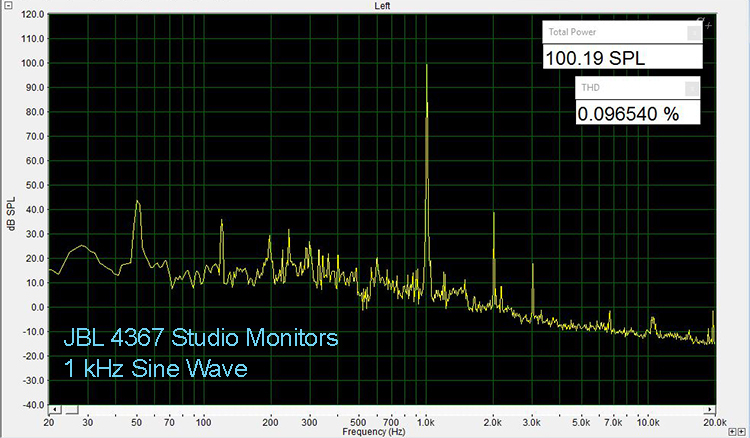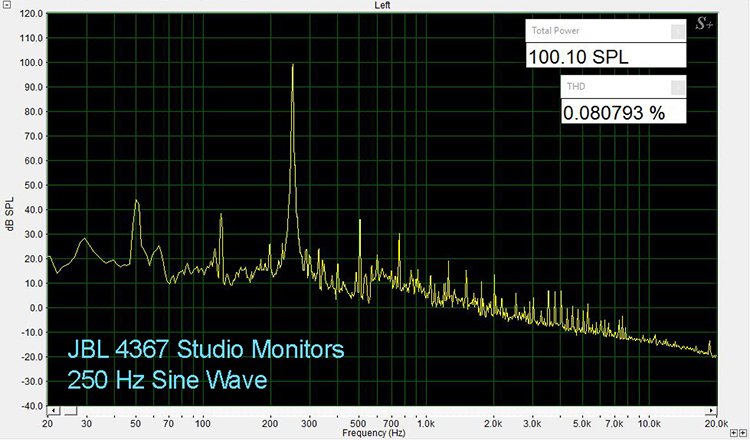watchnerd
Grand Contributor
I was looking at this charts for the distortion vs output of the Devialet Expert Pro 130 (source credit due to the SoundStage Hi-Fi review):


Red line = 1W, Magenta = 10W, Blue = 30W, Cyan = 60W, Green = 80W
Typical of the class, distortion is not lowest at the lowest output, but in the midband to upper quartile of its rated power output.
Coupled with highly efficient (say >93 dB) speakers, this would mean that the amp is operating in a higher distortion zone at normal listening levels (75-85 dBA) at a typical distance of 10-12 feet, than it would be if partnered with a lower efficiency speaker (<84 dB).
Does this mean lower efficiency speakers are actually a better match for Class D amps than high efficiency ones?


Red line = 1W, Magenta = 10W, Blue = 30W, Cyan = 60W, Green = 80W
Typical of the class, distortion is not lowest at the lowest output, but in the midband to upper quartile of its rated power output.
Coupled with highly efficient (say >93 dB) speakers, this would mean that the amp is operating in a higher distortion zone at normal listening levels (75-85 dBA) at a typical distance of 10-12 feet, than it would be if partnered with a lower efficiency speaker (<84 dB).
Does this mean lower efficiency speakers are actually a better match for Class D amps than high efficiency ones?





